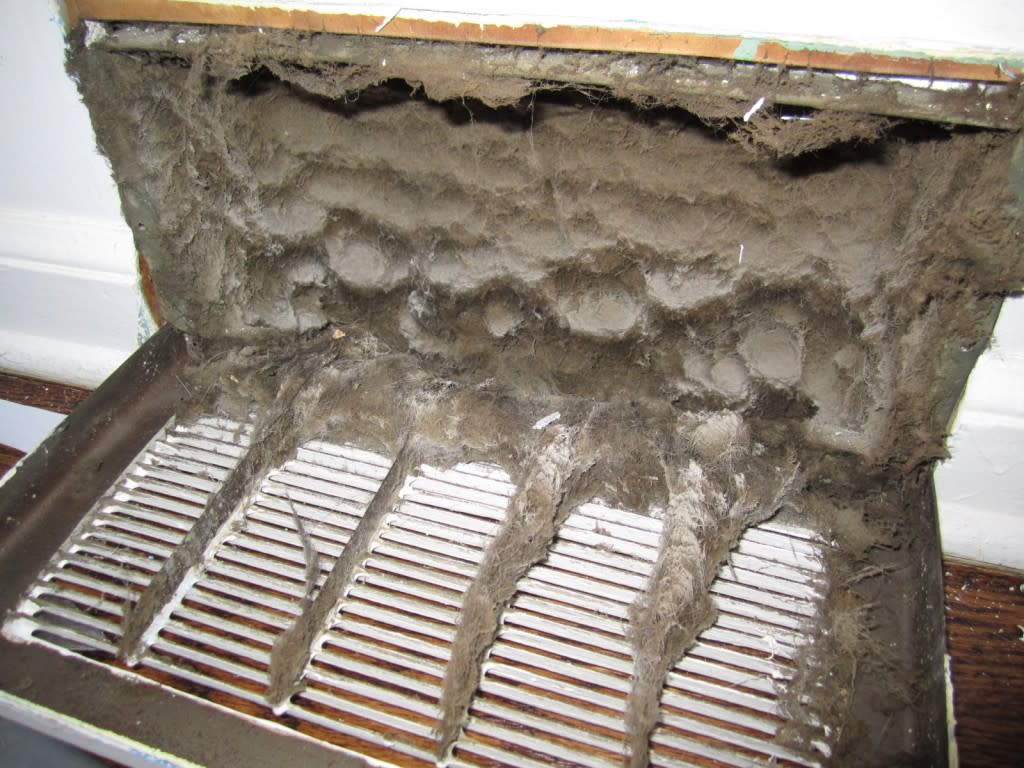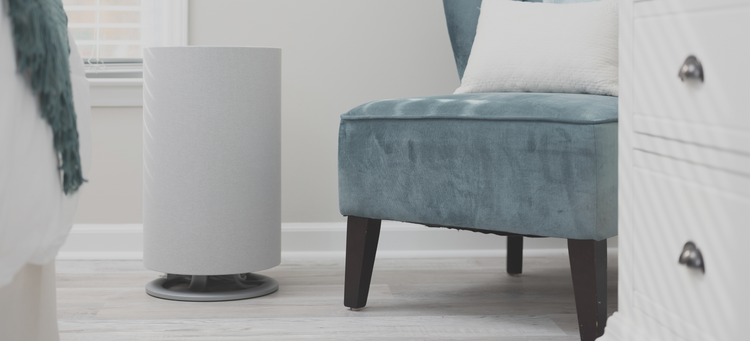6 Steps to Remove Household Dust

Dust is like a super-villain. No matter how hard you fight to end its existence, those pesky particles continually return, rearing their ugly head in all the crevices of your home.
Here are 6 steps to remove household dust.
Considering dust is comprised of microscopic human skin particles, insect body parts, pollen, dirt and other undesirable debris, we’re not surprised there are so many ways to remove dust from your home. However, how many of them actually work?
To help ensure your home can be dust free for extended periods of time and keep the housecleaning to a minimum, we’ve detailed the following six step plan for total dust removal.
How to Remove Household Dust
1. Change Your Furnace Filter
The HVAC unit in your home is the source of the airflow. Therefore, if your furnace filter hasn’t been changed in recently and is lined with dust, every time you turn your home heat or air conditioning on, particles are immediately blown throughout your home – possibly triggering asthma or allergy outbreaks. To counter that problem, HVAC filters in average homes without pets should be changed every six months, while homes with pets should consider changing them every 60 days.

2. Clean Air Vents
Changing the air filter is only the first step in making sure your HVAC system isn’t spreading dust throughout your home. Although the main air source should now be circulating clean air, the vents the air comes out of aren’t necessarily the most clean areas either.
Once your HVAC filter is replaced, go around the house and remove the furnace vent covers and make sure every vent is dust-free and clean as possible. Otherwise, dust particles will end up being blown into the air anyways. Hiring a HVAC contractor to come clean your air ducts is also necessary, but could be costly, depending on the size of your home.
3. Remove Carpeting
Carpets might be comfortable, but they’re also dust magnets. To truly maintain a dust-free home, we recommend removing carpeting from your home. Otherwise, they end up housing all those particles you’re trying to omit from the air, allowing them to circulate time and time again. Wood floors are much easier to keep clean, along with throw rugs – which can be removed and cleaned outside.
4. Dust High To Low
At this point, your furnace should be blowing clean air throughout your home and the main dust hubs have been removed. Now, it’s time to do the nitty gritty dust clean-up and make sure dust mites aren't running around in your home.
To truly cleanse the home of dust particles and hidden dust mites, you’ll need to clean, sweep and wipe down all the cracks and crevices of your home – such as the floorboards, window sills, curtains & blinds and every other nook dust can hide. The best practice is to start dusting high first, letting dust from fans and fixtures fall to the ground, then cleaning everything on the floor up afterwords. Tools like a polywool duster, vacuum, Swiffer broom and damp cloth are recommended for a thorough cleanse.
5. Keep Windows Closed
Once your house is dust free from the top to bottom and the air moving through the home is clean, keeping everything dust-free is now the key. This is more of an issue than ever in the summer months. The main way to prevent additional particles from building up in your home is to keep your windows closed and avoid putting fans in your windows. This way, pollen and dirt won’t end up back on your clean floor and in your lungs.

6. Use An Air Purifier
The final step for anyone looking to truly rid their house of dust for extended periods of time is to consider adding an air purifier. These easily-implemented units serve as the preventative shield to dust particles and remove the smallest of particles. These are most important for your health and are not removed by your furnace filter.
More specifically, the Oransi Air Purifier for Dust specifically removes 98% – 99.99% of dust particles, depending on the unit and size of the room. All residential and commercial air purifiers have longer filter life than competitive units, offering more powerful air cleansing than ever and preventing dust from rebuilding in your newly refreshed living space.







